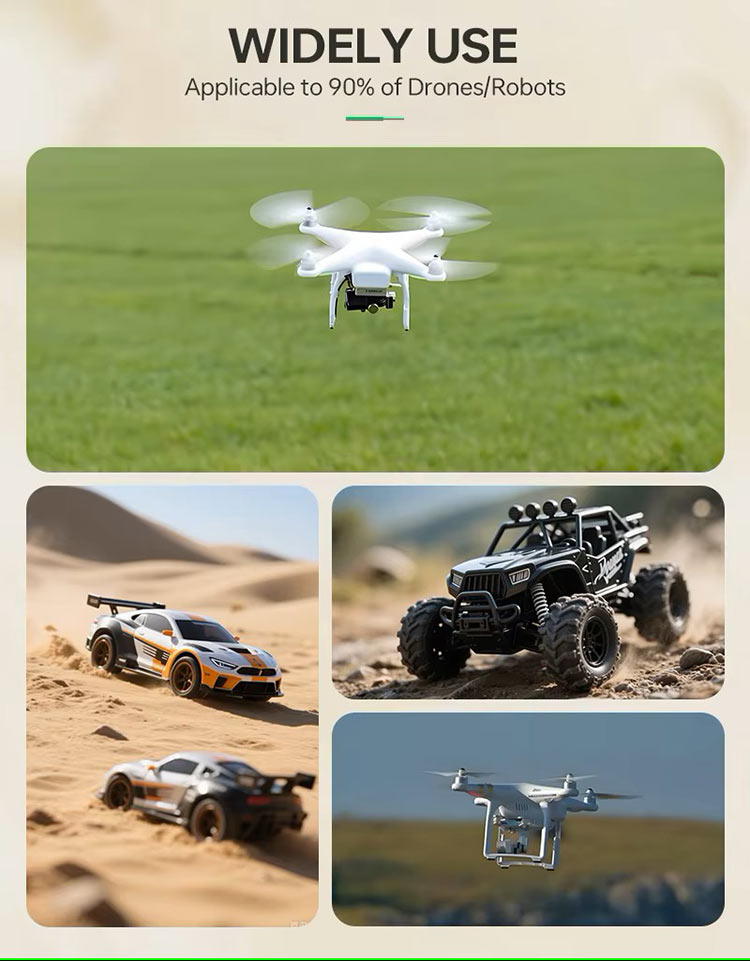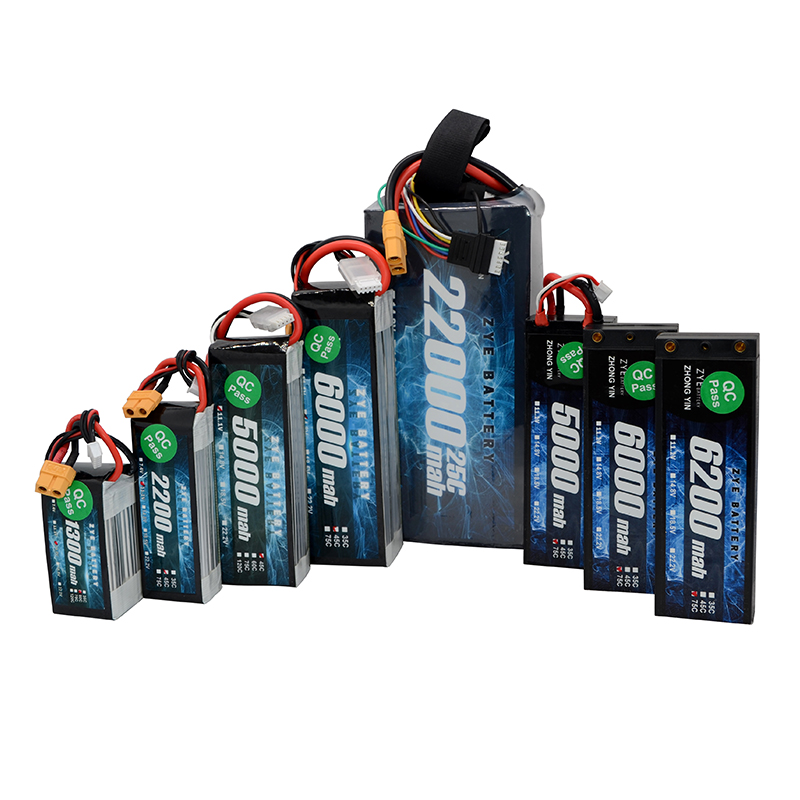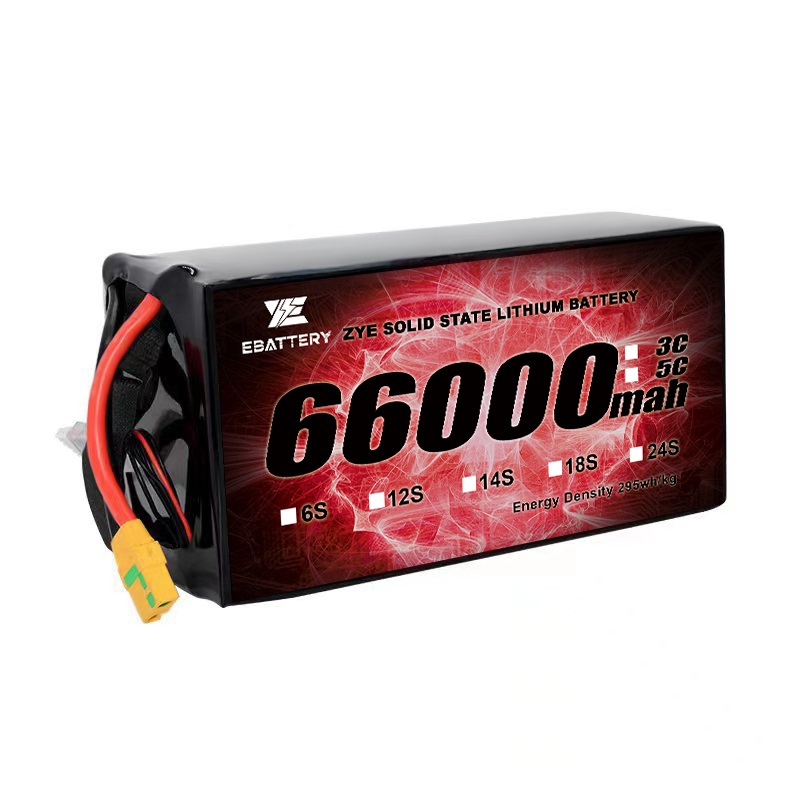The Comparison: Lithium polymers vs lithium-ion batteries
2025-09-22
When powering drones, choosing the right battery is crucial for optimal performance and flight time. Two popular options dominate the market: lithium polymer (LiPo) and lithium-ion (Li-ion) batteries. In this article, we will explore the differences between these two types of drone battery technologies to help you make informed decisions for your aerial navigation.

Which battery is better for drones: lithium polymer batteries or lithium-ion batteries?
The debate between lithium polymer batteries and lithium-ion batteries for drones has been ongoing, and each type has its unique advantages. Let's delve into the specific circumstances of each type of battery to understand their advantages and disadvantages.
The core difference: The disparity between chemistry and structure
Lithium-ion battery (Li-ion) : It usually features a rigid metal casing and uses liquid electrolyte and separator inside.
Advantages: Mature technology, high energy density, and good cost-effectiveness.
Disadvantages: Fixed shape, relatively heavy weight, and there is a risk of leakage.
Lithium polymer battery (LiPo) : It is packaged with a soft aluminum-plastic film instead of a non-metallic casing. The electrolyte is a gel-like or solid polymer.
Advantages: The shape is extremely flexible and can be made into ultra-thin or various custom shapes. Lighter in weight; Excellent discharge performance.
Disadvantages: High cost, more prone to damage to the shell, and stricter requirements for charging and storage.
Lithium polymer battery: High discharge rate and flexibility
Lithium polymer batteries have long been the first choice for many drone enthusiasts, and there are good reasons for this. These batteries have an outstanding discharge rate, typically ranging from 20C to 30C, which is crucial for powering high-performance motors in modern drones. This high discharge rate ensures that your drone can achieve rapid acceleration and maintain stable flight even under challenging conditions.
Another significant advantage of lithium polymer batteries is the flexibility of their shape and size. This extensibility enables drone manufacturers to design aircraft that are more aerodynamic and compact, ultimately enhancing flight characteristics and efficiency.
The discharge rate of lithium-ion batteries may not be comparable to that of lithium-polymer batteries, but they perform well in other fields. Lithium-ion batteries have a higher energy density, which means they can store more electricity within a given volume. This means that the flight time may be longer, especially for large drones or those specifically designed for long-duration missions.
The service life of lithium-ion batteries is also often longer, and they usually can sustain more charging cycles than lithium polymer batteries. For commercial drone operators or frequent flyers who hope to minimize long-term costs, the improvement of durability may be an important factor.
Performance and power output
In terms of original performance, both lithium polymer batteries and lithium-ion batteries have their advantages:
Lithium polymer batteries: They perform exceptionally well in high-power applications, offering fast discharge rates and are highly suitable for racing drones and acrobatic flights.
Lithium-ion batteries: They offer stable and consistent power output, making them suitable for professional applications such as long-haul flights and aerial photography.
The choice among these battery types usually depends on the specific requirements of the drone and its intended use.
No matter which battery is chosen, safety always comes first
Use an intelligent balanced charger: Always use a charger specifically designed for lithium batteries to ensure balanced voltage for each cell.
Strictly abide by charging regulations: Do not overcharge or overdischarge. Never charge when unattended.
Safe storage: When storing for a long time, the battery should be charged to the nominal storage voltage (usually 3.8V per cell) and placed in an explosion-proof bag.
Regular inspection: Before use, check if the battery is swollen, damaged or has an odd smell. If any abnormality is found, stop using it immediately.
Conclusion
Finally, the choice between lithium polymer batteries and lithium-ion batteries for your drone depends on your specific needs, flight mode and priorities. Lithium polymer batteries perform well in high-performance applications and offer design flexibility, while lithium-ion batteries provide longer flight times and enhanced safety features.
When making a decision, please consider factors such as the power requirements of the drone, its intended use, and your own comfort level in battery maintenance. No matter which type you choose, proper maintenance and handling will ensure that you make full use of the drone battery.
























































